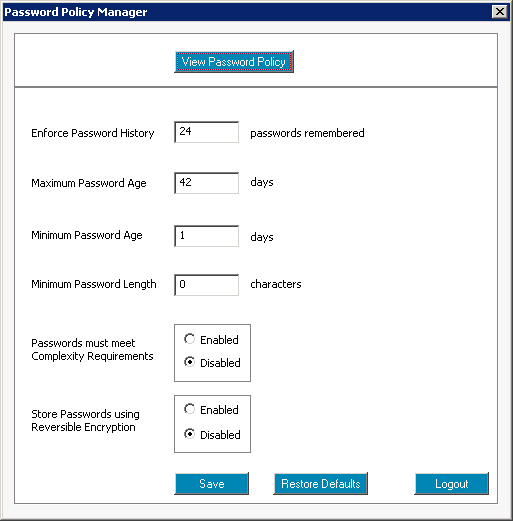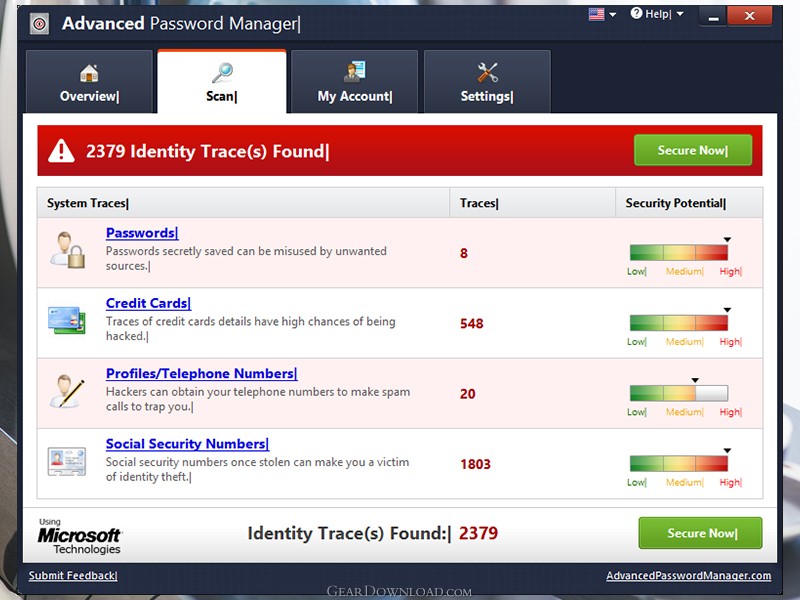

To keep things safe in your digital world with credentials, a password manager does the work of creating strong tough-to-guess passwords without repeating the same one for better security for everything you sign in for online. You only have to remember the one primary password that controls the password manager. What is a password manager?Ī password manager makes logging in to everything you have with a username and password a whole lot easier.

And while you’re here, go ahead and make sure you’re using the most secure authentication method you have available.Īfter entering your new Wi-Fi network name and passphrase, you’ll need to click “Apply”, “Save”, or a similarly named button to save your settings.Along with two-factor authentication, using a good password manager will keep your logins to every important connection in life safer and save you time automatically logging into apps and sites. We recommend using a fairly long wireless password, or even using a phrase instead of a single word. RELATED: Wi-Fi Security: Should You Use WPA2-AES, WPA2-TKIP, or Both?įor changing your Wi-Fi password, look for settings named something like “password,” “passphrase,” “wireless key,” or “WPA-PSK key.” Different routers use different names. These are the same thing-the name of your wireless network. You’ll see a setting named something like “SSID” or “Network name”. Depending on your router, these may be on the first page you see, or buried in a section named something like “Wi-Fi”, “Wireless”, or “Wireless Networks”. Step Three: Change the Wi-Fi Network Name and PasswordĪfter logging into your router, look for the Wi-Fi settings.


 0 kommentar(er)
0 kommentar(er)
